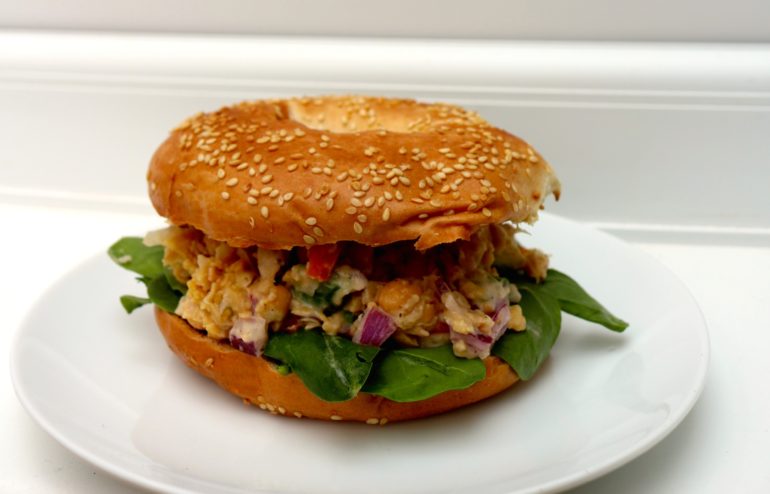An Introduction to the Wonderful World of Horology
Horology
noun
- the study and measurement of time.
- the art of making clocks and watches.
Horology (say it out loud! Sounds incredible right?!) arrived in our wonderful English language via Latin as Horologium, and once we deconstruct this wonderful word, it makes more sense than just sounding great! Hora or horo means “hour or time”; whilst logy or logia refers to “the study of [whatever the prefix is]” as in theology, geology etc. in this case “hour or time”. Now put the two together and we arrive at possibly the most fascinating art on the planet!
Now I’m sure you’ve been taught that the center of time is in Greenwich at the prime meridian, and that’s how we get time zones etc. but at least for the extent of this blog post, I’m going to convince you that the center of time is Switzerland, Geneva, Switzerland to be slightly more precise. However, I won’t go into too much detail of why that is, as it can get a little bit boring! But an easy reason to remember is that the BEST watches are made in Switzerland, and this is why you often see ‘Swiss Made’ on very expensive watches. Similar to how the best shoes are often made in Italy. Must be something in the water!
The design of watches is incredibly intricate and can often take weeks to manufacture one, which is often only entrusted to the perfectly steady hands of one very talented watch maker! Most ‘cheap’ watches (take the word cheap with a pinch of salt here, as cheap in the horological world is anything under around £2000!) have a common uncomplicated movement called “Quartz” which you have likely come across before, maybe on some of our own watches. To the majority of watch aficionados, the movement of the watch is the most fascinating and important part of the watch. To the untrained eye most movements look very similar, so many people cannot justify paying thousands of pounds for a ‘fancier’ movement of hands on a watch face. However, it is very easy to understand once a few differences have been pointed out.
Quartz movements are very popular and used in the majority of ‘cheap’ watches as they are very cheap and easy to manufacture, plus they require minimal maintenance aside from battery replacements. They tend to be low cost since they are battery powered and have few moving parts. Quartz watches aren’t as desirable to most watch enthusiasts because they lack the technical craftsmanship and engineering that mechanical timepieces have. A quartz movement utilizes a battery as its primary power source and is typically the type of movement that you will find in your standard watch. To create power in quartz watch movements, a battery sends an electrical current through a small quartz crystal, electrifying the crystal to create vibrations. These vibrations keep the movement oscillating and drive the motor to move the watch hands.
On the other hand, mechanical movements are often chosen over quartz movements for luxury watches because of the level of quality and craftsmanship of mechanical movements. Skillfully created by expert watchmakers, these movements contain an intricate series of tiny components working together to power the timepiece. Although the general design of mechanical watches hasn’t changed much in centuries, technology has allowed for more precise engineering and a greater attention-to-detail. Unlike quartz movements, a mechanical movement uses energy from a wound spring, rather than a battery, to power the watch. This spring stores energy and transfers it through a series of gears and springs, regulating the release of energy to power the watch. We’ll stop here before we get too technical! To the eye however, a mechanical watch has a sweeping movement of the second hand that appears to move continuously without stopping. However, a quartz watch has a ticking motion, stopping on each second.
‘Mechanical’ is itself is an umbrella of several movements or ‘calibers’ as commonly referred to in Switzerland (the center of time remember?). Most of these are referred to as a series of numbers however the most popular are ‘automatic’ or ‘self-winding’ and ‘manual’ or ‘hand-winding’. These two movements are another two umbrellas with another several movements, so once again we’ll stop here before it gets too confusing!
Finally, another major component of luxury watches, are the complications. These are: date, calendar, chronograph, power reserve, moon phase, time zone, minute repeater and tourbillon. Most watches that contain a calendar function require constant adjustment to ensure the correct date is displayed. These watches will reset after completing 31 24-hour cycles, representing a full month. Since our calendar contains leap years and an irregular number of days per month, watchmakers developed two advanced complications to track our calendars more accurately so that the date doesn’t have to be adjusted every month. As long as the timepiece is wound and running, the calendar complication will be functional and accurate. An annual calendar complication is a complete calendar displaying day, date and month with minimal adjustment. The complication automatically adjusts the date displayed on the timepiece based on 30- and 31-day months to ensure that the correct date is always displayed. This complication requires setting the date once per year, at the end of February. The perpetual calendar complication also displays the day, date and month, but it requires even less adjustment than an annual calendar. This complication not only knows the number of days in each month, it also knows the year so that it will automatically adjust for leap year. The next time a perpetual calendar will have to be adjusted is in the year 2100. A chronograph is a complication that describes the timing functionality of a timepiece, known more commonly as a stopwatch. It allows the wearer to measure intervals of time without affecting the normal time telling function of the watch. The chronograph changed the world because it allowed for incredible accuracy in recording time —from 1/100 of a second up to 12 hours. While the basic idea of a chronograph is the same from watch to watch, there are three different types of chronographs that exist in watches today. The “brain” of a mechanical watch resides in what is known as the escapement, which includes a delicate hairspring mounted on a balance wheel that rotates back and forth (each rotation equates to a tick on the watch). Due to the nature of the design, and gravity effects of lighter or heavier spots in the balance wheel, the rate of timekeeping will vary when the watch is in different positions. In a standard mechanical watch, the escapement is fixed, and it is impossible to regulate it to keep the exact same rate no matter which position that watch is in (dial up, down, crown up, down, etc.). Enter the tourbillon. In a tourbillon, the entire escapement is housed in a rotating cage, and the whole assembly is constantly moving. That means no matter what position the watch is in, those timing variations are essentially canceled out. A watch that has several complications is referred to as a Grand Complication because it contains the most complex achievements in watchmaking. It is extremely difficult to engineer a timepiece with so many complications because space is limited and there are so many components.
So in closing I hope now you wish to get lost in the wonderful world of horology, remember that Switzerland is the center of time and understand why one can spend a small home on a Rolex!
Jargon Buster
Caliber – the movement of the watch
Horology – the study and measurement of time or the art of making clocks and watches
Dial – the watch face
Crown – the knob on the side of the watch that is turned to set time
Bezel – the border around the dial
Aperture – A small opening/window found on the dials of some watches in which certain indications are given, such as the hour and the date
Chronograph – A watch with a stopwatch function. A Chronograph both measures and displays elapsed times in addition to showing conventional time
Chronometer – A precision watch with a movement that has been rated by the official Swiss testing laboratory called the Controle Officiel Suisse des Chronometeres (aka COSC)
Escapement – The device at the heart of virtually all time-keeping mechanisms. It provides the impulses to maintain the oscillations of the balance wheel or pendulum which governs the rate at which the escapement lets the wheels and hands of the watch revolve
Power Reserve – An indication of the state of wind in the main spring. A hand on the dial points to the number of hours the movement will work before it runs down
Swiss Made – A watch may only bear the Swiss-Made label if the assembly work of the movement and watch was started, adjusted and controlled by the manufacturer in Switzerland. Furthermore, the law requires that at least 50% of the components of the movement be manufactured in Switzerland
Tachymeter – A feature in chronograph watches that measures the speed over a predefined distance








